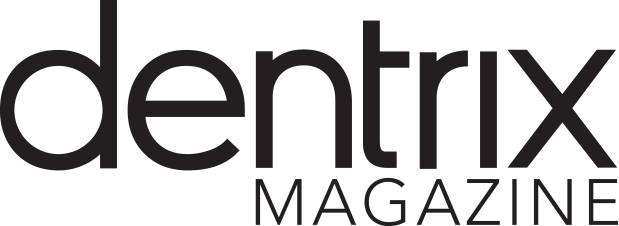While participating in PPOs could increase your new patient flow, the net income results could fall short of meeting your profit expectations.
Updated 6/30/20
PPO stands for Preferred Provider Organization and as Dr. Charles Blair says, “there is nothing preferred about it!” The number one concern for dentists today is the lack of new patients, and as patient visits decline, the temptation to participate in multiple plans is increasing.
Most PPOs today reimburse 20% to 25% less than the practice’s full fee schedule. While the Doctor’s fee schedule is the number one determining factor of profitability, conversely lower reimbursement is the number one reason for high overhead. Taking a 20% pay cut on a procedure with an office overhead of 60% cuts profits in half!

In addition, once a practice participates in a PPO it is subject to plan benefit changes with little, or in some cases, no notice. For example, Washington Dental Services lowered its reimbursement by 15% across Washington and Oregon in 2010. That same year, Idaho, New Jersey and Connecticut Delta reduced reimbursements as well. Some PPOs are also capping the amount an office can charge for non-covered procedures.
On top of everything else, PPOs can make it more difficult to coordinate benefits between primary and secondary insurances, reducing the dollar amount an office can collect. And some PPOs will track and then put limitations on the frequency of procedures that a doctor is doing.
Not long ago, up to 80% of all dental plans sold were indemnity plans. But today, 80% of all plans sold last year were PPO plans. While the dental industry may not be able to reverse that trend, focusing on what you can control is important. You can control your strategies for marketing, efficiency and communication, and these can help lessen the impact PPOs are having on your profits.
Marketing Strategy
I get asked often how much an office should spend marketing their practice. My conservative answer is 2% to 3%. Many times the reaction to a 2%-3% line item on the P&L of marketing seems too expensive for the dentist. However these PPO write-offs can add up to hundreds of thousands of dollars in many cases and very few offices track these write-offs. These write-offs represent significantly more money than the 2%-3% marketing expense and becomes a very expensive marketing expenditure when we look at it in that perspective.
Internal marketing is the least expensive and often the most effective way to attract quality new patients. First, start with the “ideal” patient in mind—they show up on time, readily accept your treatment plans, pay their bills and refer their family and friends. Like people surround themselves with like people. Think of your friends and family and how you decide to spend your social time. I bet if you referred a friend of yours to a business, that business would get someone very similar to you.
Focus all of your marketing efforts on the top 20% of your patients to build your “ideal” practice. History shows that 75%-80% of new patients used to come from patient referrals. Today we see 75%-80% of new patients coming from PPOs.
The number one way you can market your practice is to run on time. In today’s busy world, patients make appointments for specific times and when their time is not respected, they often take their business elsewhere. By running on time, you’re making the first step to delivering great patient care. And happy patients are happy to refer friends and family.
Efficiency Strategy
Efficiency is critical to your practice’s success. Too much or too little time scheduled has a big impact on profits and patient satisfaction.
Another way to boost efficiency is to start every day with a 10- to 15-minute Daily Huddle. This helps your team prepare for the day by staying aware of updates on lab cases, unpaid balances, unscheduled treatment plans, overdue continuing care appointments and more.
The average practice saves at least 60 minutes a day by using the Daily Huddle Report to help them prepare for their day. And most importantly, having daily huddles helps maximize the patient’s visit with key communication touch points and provide optimal patient care.
Communication Strategy
Too often, patients switch to another dentist who “takes my insurance.” The team needs to be able to communicate to patients that, unlike with medical insurance, they will still be able to receive benefits even if they go to a dentist who is out of network. On average, the cost could be just $30 to $35 per month out-of-pocket for a family of four to continue to see their dentist and team of choice. The patient who goes to a provider who is out of network because he/she “chooses” to be a patient there is definitively a top 20% and should be targeted for a referral.
Communicating with patients using the methods they prefer helps reduce broken and no-show appointments. Are you sending postcards, emails or text messages to patients who prefer them and calling patients who prefer to confirm over the phone? Staying in touch is simple with Dentrix Communication Manager, which automates your patient communications and saves time.
As Heraclitus once said, “The only thing that is constant is change itself.” While PPOs are changing the dental reimbursement market, there are many things a practice can do to change with the times and maintain profitability. Reviewing and strengthening your marketing, efficiency and communication strategies are a great start.
Learn More
Read 12 Rules for the Insurance Game to get more tips about working with insurance.
Visit www.dentrix.com/solutions/practice-marketing to learn more about strategies to market your practice to new patients.
By Jim Philhower, Director of Dental Leadership & Development
Originally published in the Dentrix eNewsletter, February 2013





